Polar has a long history of producing high quality heart rate monitoring chest straps and sports watches, with the brand having been around since 1977. The Polar Pacer Pro fitness tracker - which launched in 2022 - is a mid-range running watch that offers plenty for outdoor sports fans, triathletes, and serious runners.
It’s the smarter, more advanced sibling of the standard Polar Pacer, and cheaper than the more advanced Polar Vantage V series, which includes the newer, more advanced Polar Vantage V3. It’s comparable to the likes of the Garmin Forerunner 255, and certainly tries to offer a similar experience to the best Garmin watches.
Our Senior Tech Writer and Reviewer, Steven Shaw, has years of experience working with and wearing smartwatches and other wearables. He donned the Polar Pacer Pro 24/7 and used it when he was walking, working out, and sleeping. Read on, to find out what he thought of it.
 Polar
PolarPros
- Detailed insights into training and recovery metrics
- Extremely light and comfortable
- Accurate GPS
Cons
- MIP display is quite dull
- Battery life is relatively short
- Design is quite dated
| Display | 1.2-inch, memory-in-pixel, 240 x 240 pixels |
| Battery Life | Up to seven days |
| GPS | GPS, Glonass, Galileo, QZSS |
| Water Resistance | WR50 |
| Compatibility | iOS and Android |
| Dimensions | 45 x 45 x 11.5 mm |
| Weight | 41 grams |
Unashamedly fitness focused
The Polar Pacer Pro offers most of the health and fitness tracking tools I’d expect to find on this type of watch. Heart rate, sleep, steps, calories, and dedicated workout modes mean you can track plenty of metrics. There’s also built-in GPS, which supports accurate outdoor workout tracking, and a few navigation tools if you’re going off the beaten path.
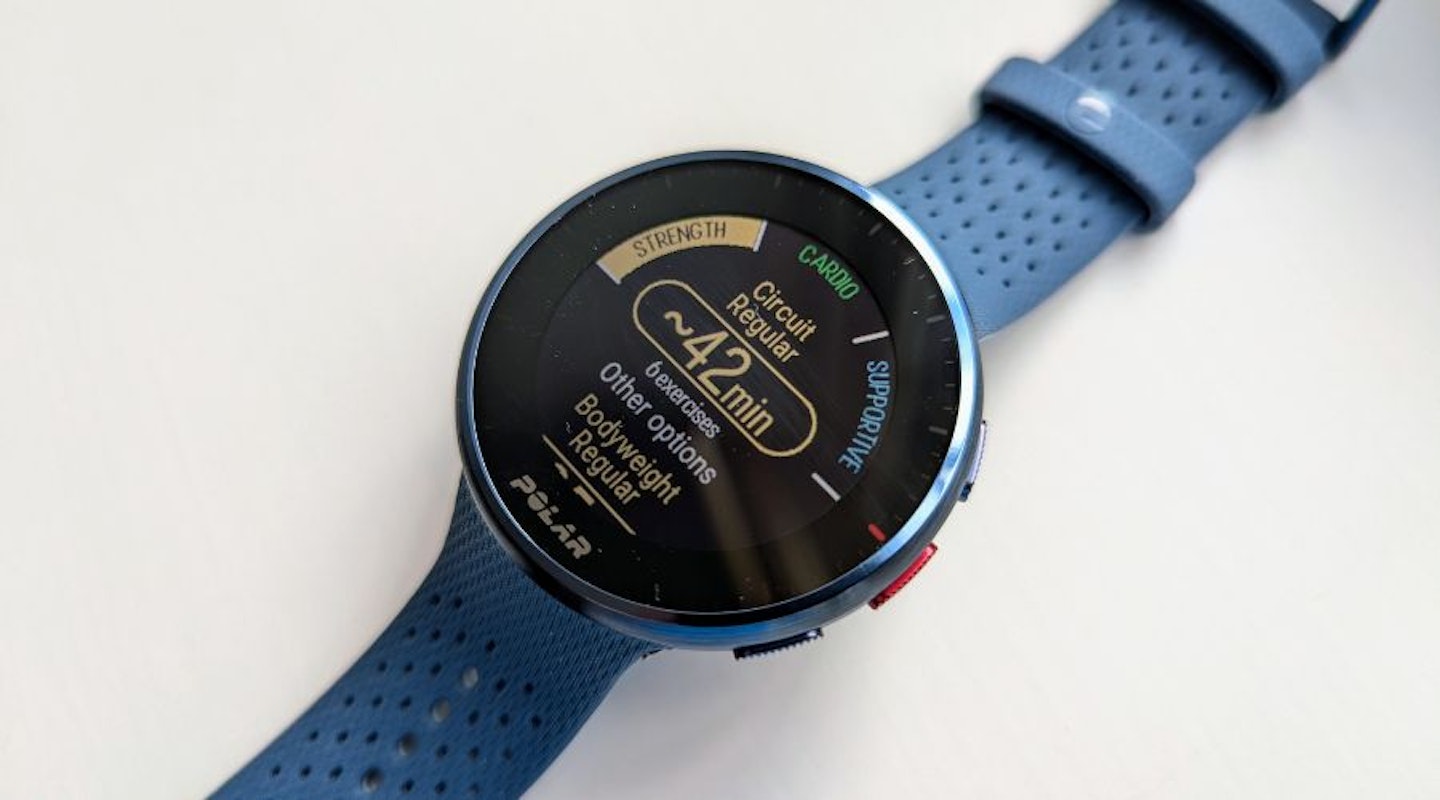
For runners, the watch offers metrics such as Running Power, the energy sources used to fuel your exercise, and maps of the routes you’ve run. There are lots of other activity modes, including, walking, cycling, yoga, and strength training. It also keeps track of how hard you’ve been training over time and can warn you when you start to overtrain (which increases the risk of injury and illness).
Lots of recovery data
As well as tracking all your activity, the Pacer Pro pays a lot of attention to recovery, which I was impressed by. Sleep tracking allows the watch to track your autonomic nervous system via metrics such as heart-rate variability and breathing rate, to provide a Nightly Recharge score. This then offers advice on how prepared your body might be for exercise that day. There’s also a Boost from sleep score – which is like Garmin’s Body Battery. It provides a graph to show you your readiness to perform throughout the day, and when your body is likely to be ready to fall asleep.
The watch takes all that data and makes suggestions about what sort of exercise to do that day – for example strength training, cardio, or “supportive” recovery-focused routines. These guided workouts even offer animated stick figures to demonstrate the moves if you aren’t sure what to do.

This device is not a smartwatch. While you can control music on your phone via the watch – which is handy when you’re out for a run – you can’t store music on the watch itself. It also has basic notifications, but you won’t be able to make or receive a call from your wrist, for example. And it doesn’t have apps that you can add in the way that you can on an Apple watch, or a Google Pixel Watch.
While it doesn’t have every metric of the most modern devices, it is nonetheless a package which has almost everything for all but the most serious of athletes. I certainly didn’t feel there were any glaring omissions that I was missing.
Accurate performance
Of course, having all the metrics in the world is meaningless if the data feels like it’s way off. I found the Polar Pacer Pro to be reasonably accurate when compared with the Garmin Forerunner 255. GPS was a little slower to connect, which was a minor irritation. But once it did connect, I found the two watches to be very closely matched in terms of distance tracking. On my usual 5.5km route, the two devices were typically no more than 10m apart.
Some variability in readings
Step counts were impressively consistent with the Garmin. There were some variations day-to-day, which I expected. But, having counted the total steps over six days, the two watches were just 2,065 steps apart. That’s a difference of only two per cent, after almost 100,000 steps.
Heart rate data was a little more variable, but not alarmingly so. Maximum heart rates were usually within one or two beats per minute of one another, while average heart rates tended to have a slightly wider difference of between two and six beats per minute, and as much as 10 beats per minute on one occasion.
Calorie burn estimates were – in my opinion - a little on the high side, sometimes as much as 25 per cent higher than the estimates on the Forerunner 255, and usually around 10 per cent higher. While I can’t be certain which number was more accurate, The Pacer Pro certainly felt like it was overestimating my energy expenditure.
Sleep tracking is tricky to assess, but I found the Pacer Pro and the Forerunner 255 generally agreed on how I slept. Inevitably there were some differences, with the Pacer Pro typically telling me I’d had a slightly better night’s sleep than the Garmin. The specifics of “light”, “deep”, and “REM” sleep stages were much more variable. But somehow, the two devices generally found themselves agreeing on whether I’d had a “fair” or “good” night’s sleep, for example.
Arguably more important than the raw numbers is how consistent they are. And the Pacer Pro was consistent in step counting, calorie estimates, and heart rate tracking. While the numbers didn’t always agree with my Garmin watch, there was enough consistency to make me confident that any trends would be a true reflection of what’s going on with your body.
Go with the flow
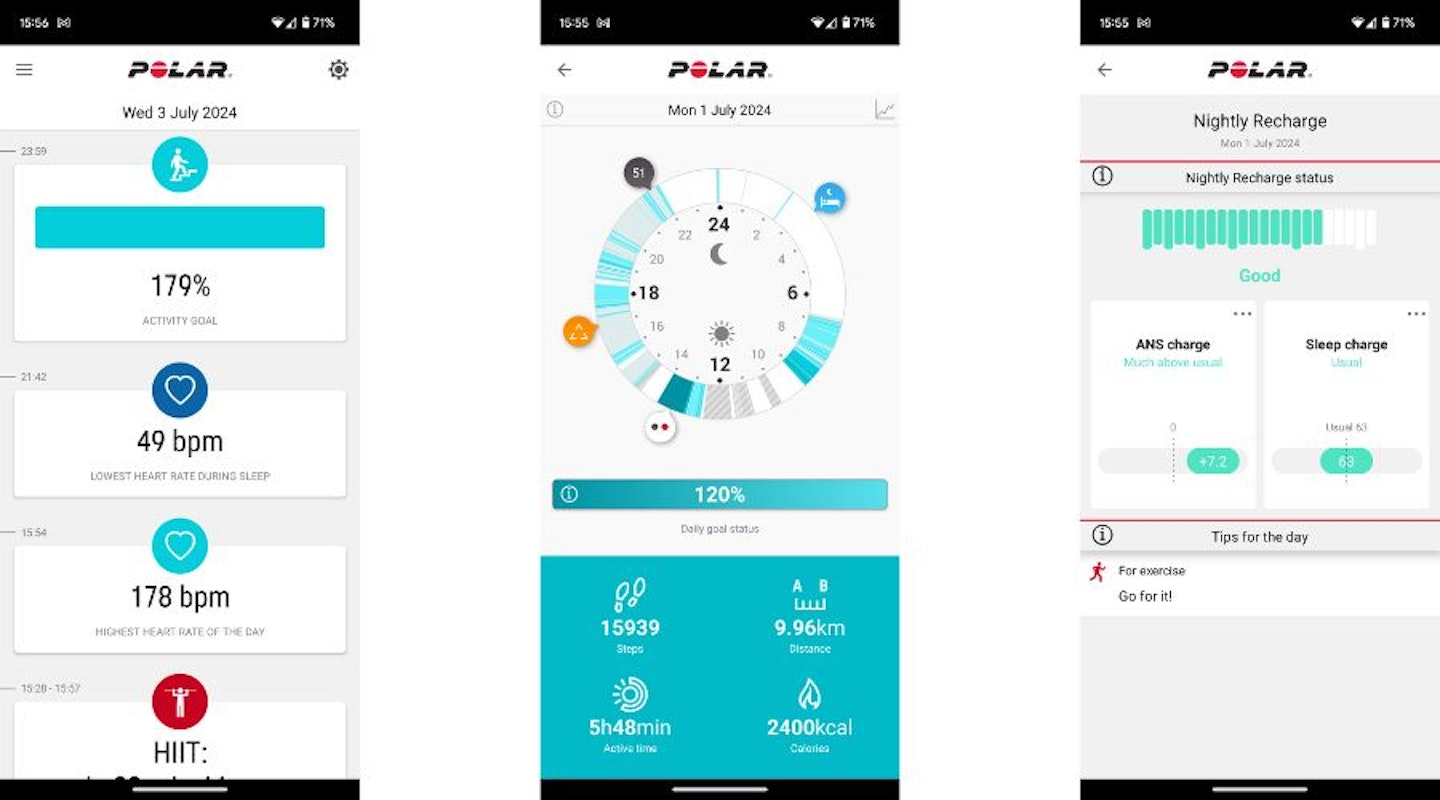
To see any trends, or get deeper insights into any of your metrics, you’ll need the Polar Flow app. And while I don’t like the layout quite as much as the Garmin Connect app, I was impressed by the depth of insights that are available.
It’s very simple in its appearance, with an overview of your daily metrics presented to you when you open the app. You can scroll down to see various insights, such as cardio load, heart rate, sleep score, and Nightly Recharge. Swiping from left to right will let you see data from previous days. And tapping on any of the metrics will open a new screen that goes into a lot more depth. If you like data and insights, you’ll appreciate this.
I felt that everything was clearly presented, and if you aren’t sure what the data means, a little “i” icon gives you more information to explain exactly what you’re looking at.
It’s a clean, easy-to-use app, which offers plenty of information for those who want to do a deep dive into their sleep, recovery or exercise, and how it’s affecting their body.
Any downsides?
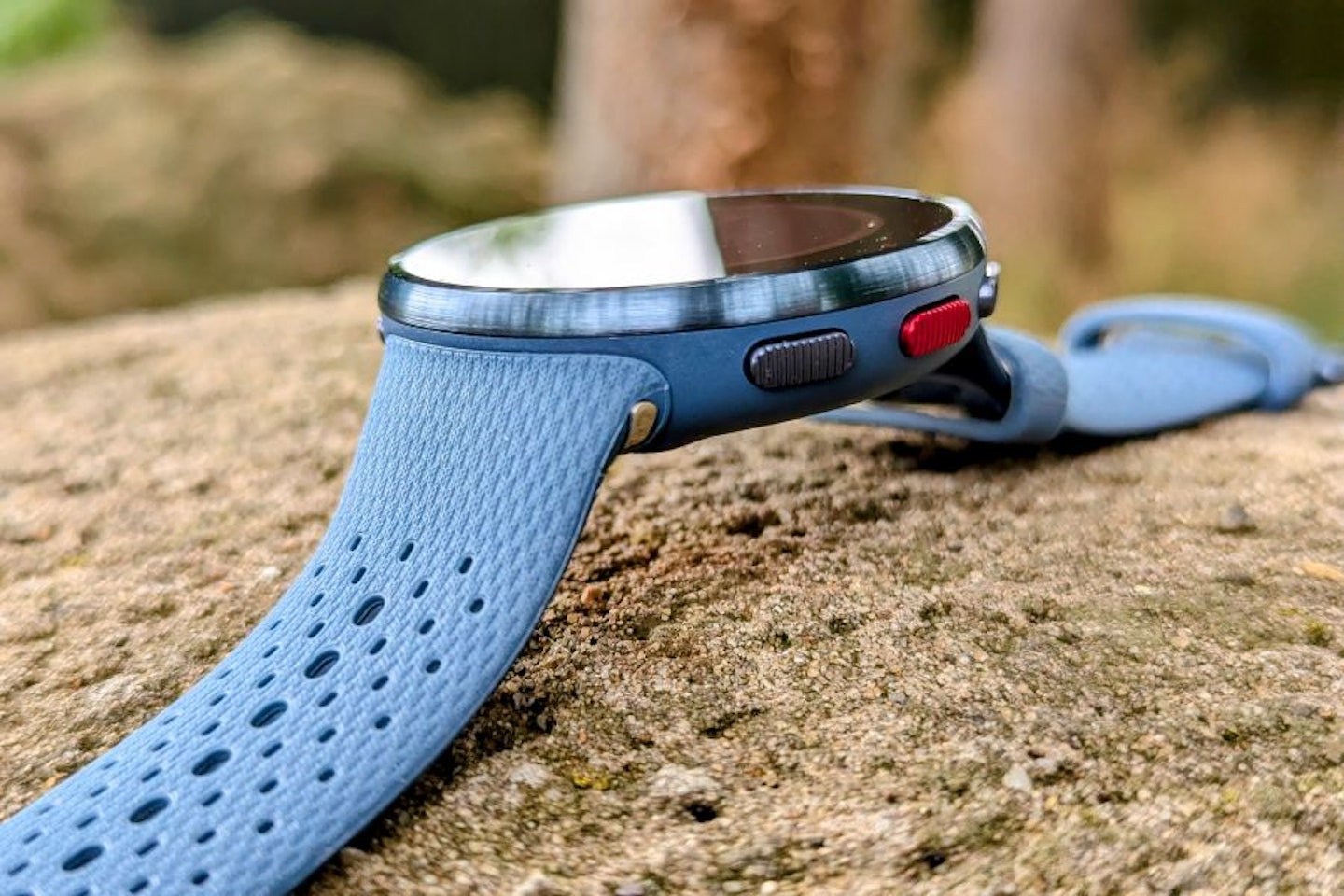
I’ve already highlighted the lack of smart features on the Polar Pacer Pro. I don’t particularly regard that as a downside because this isn’t a watch that’s intended to be a direct competitor with fully-fledged smartwatches. It’s unashamedly a sports watch and doesn’t pretend to be anything else. That said, if you want smart features, you will be disappointed by this.
For me, the obvious downside is the slightly dated design, but it isn't an ugly device by any means. The bezel is made from aerospace aluminium, the screen uses Gorilla Glass, and the plastic case helps keep the weight down. The silicone strap is extremely comfortable as well. But while the materials are premium and it’s clearly well made, it is showing its age.
The bezel is thick, so the actual screen is relatively small given the overall size of the watch. Newer devices have much larger displays in comparison, which makes looking at data on your wrist, or reading notifications, much easier. The display is also memory-in-pixel (MIP). While it’s reasonably bright, it can’t compete with the gorgeous AMOLED displays of newer devices such as the Garmin Venu 3, and it isn’t as clear either.
Price and competition
The Polar Pacer Pro has an RRP of £299. But, given it’s now two years old, you shouldn’t have to look too hard to find it for under £200 (we’ve even seen it on sale for under £150). And at that price, the Pacer Pro is well worth looking at. There are a lot of similarities with the older, more expensive Polar Vantage V2. It’s a mid-range watch, most suitable for medium to advanced athletes, but at an entry-level price point.
At sub-£200, this watch is similarly priced to the Garmin Forerunner 55 – Garmin's entry-level running watch – which also offers lots of running metrics such as cadence, pace-guidance, and estimated finish time.
The Pacer Pro is arguably closest in its features and target audience to the Garmin Forerunner 255 – which I also really like. The Forerunner 255 has an RRP of £299.99, but like the Pacer Pro, is a couple of years old, so it’s often available for closer to £200. If you want similar features, but prefer Garmin’s app, the Forerunner 255 is a great alternative.
When discounted, the Pacer Pro is also slightly cheaper than the Coros Pace 3 (RRP £219). The Pace 3 offers significantly better battery life - 17 days (about 2 and a half weeks) of normal use compared to about seven days on the Polar device - and has a lot of similar health and fitness metrics on offer. It also offers access to the Coros training hub, Coros coaches, and training plans and workouts, from 5K runs to ultra-marathons.
Who is it for?
The Pacer Pro is a no-frills sports watch that’s ideal for people looking for insights into their training and recovery. It’s particularly useful for runners, given the variety of running tools it offers. But it will still be suitable for anyone who wants to keep an eye on their general health and fitness, even if you prefer other sports.
Given the lack of smart features, it’s also great if you want a watch that won’t be a constant distraction. As mentioned earlier, this watch is all about performance, and smart features really aren’t a consideration. If that’s something that suits you, the Pacer Pro may appeal.
Would we recommend it?
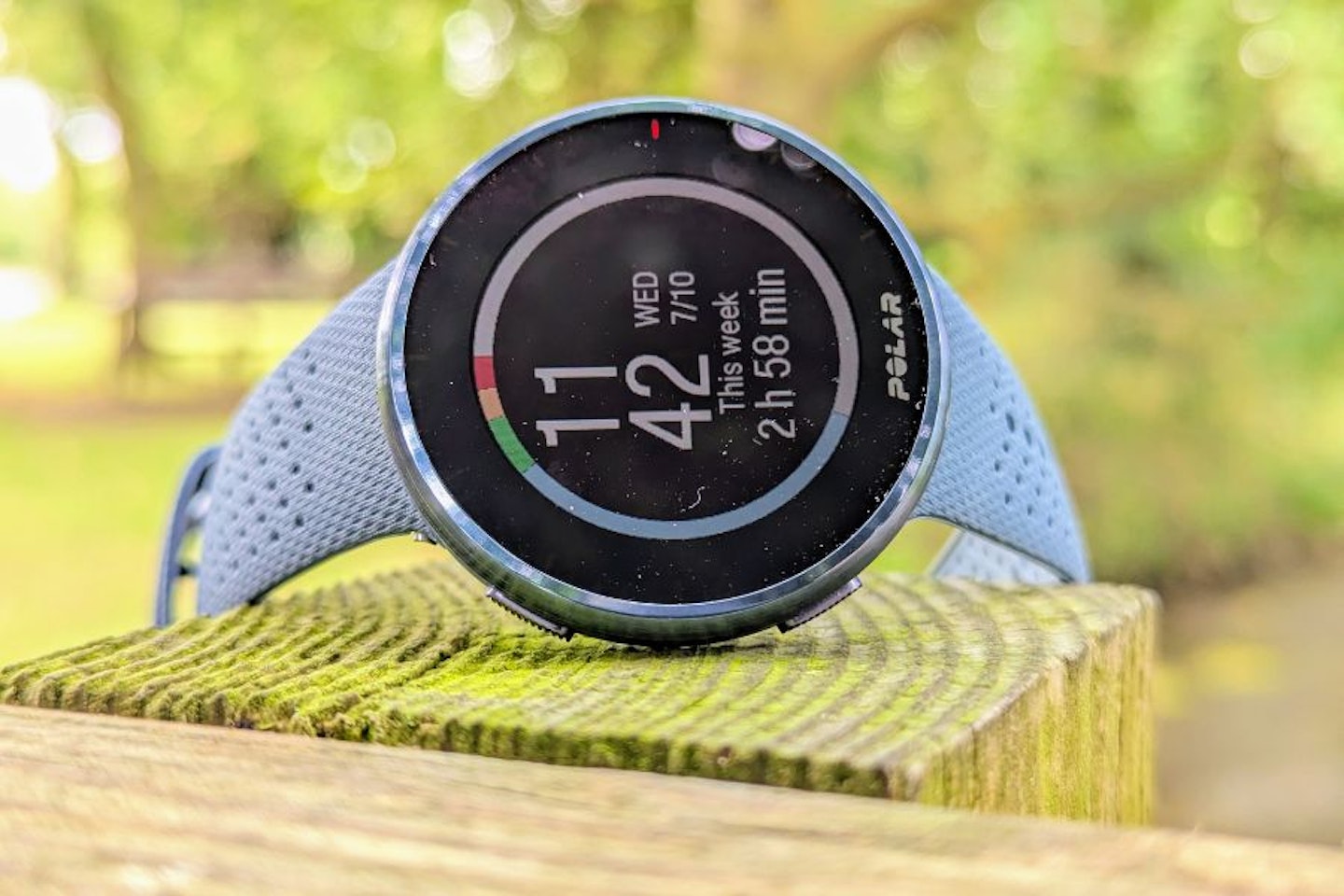
Yes. There’s a lot to like about the Polar Pacer Pro. Plenty of health and fitness tracking tools, and a respectable level of accuracy in most areas, make this a solid, reliable watch. For anyone who wants to focus on sports performance over smartwatch features, this device does exactly what you’d be looking for.
With it being two years old, there are some trade-offs to be had. The display isn’t as sharp as the latest devices that use AMOLED instead of MIP, the battery is ok, rather than great, and newer watches also have features that this lacks – if you’re looking for maps, or more training support, there are alternatives from Garmin and Coros – among others – that are more comprehensive.
But, if you can get this for under £200, it’s still a respectable, mid-range multisport device that will provide plenty of support in your training and recovery.
More items to consider
 Garmin
GarminThe closest equivalent to the Pacer Pro from Garmin, in terms of price and features.
3.
Coros Pace 3
 Coros
CorosAn extremely light watch that’s focused on providing as much support for runners as possible, and at a similarly affordable price.
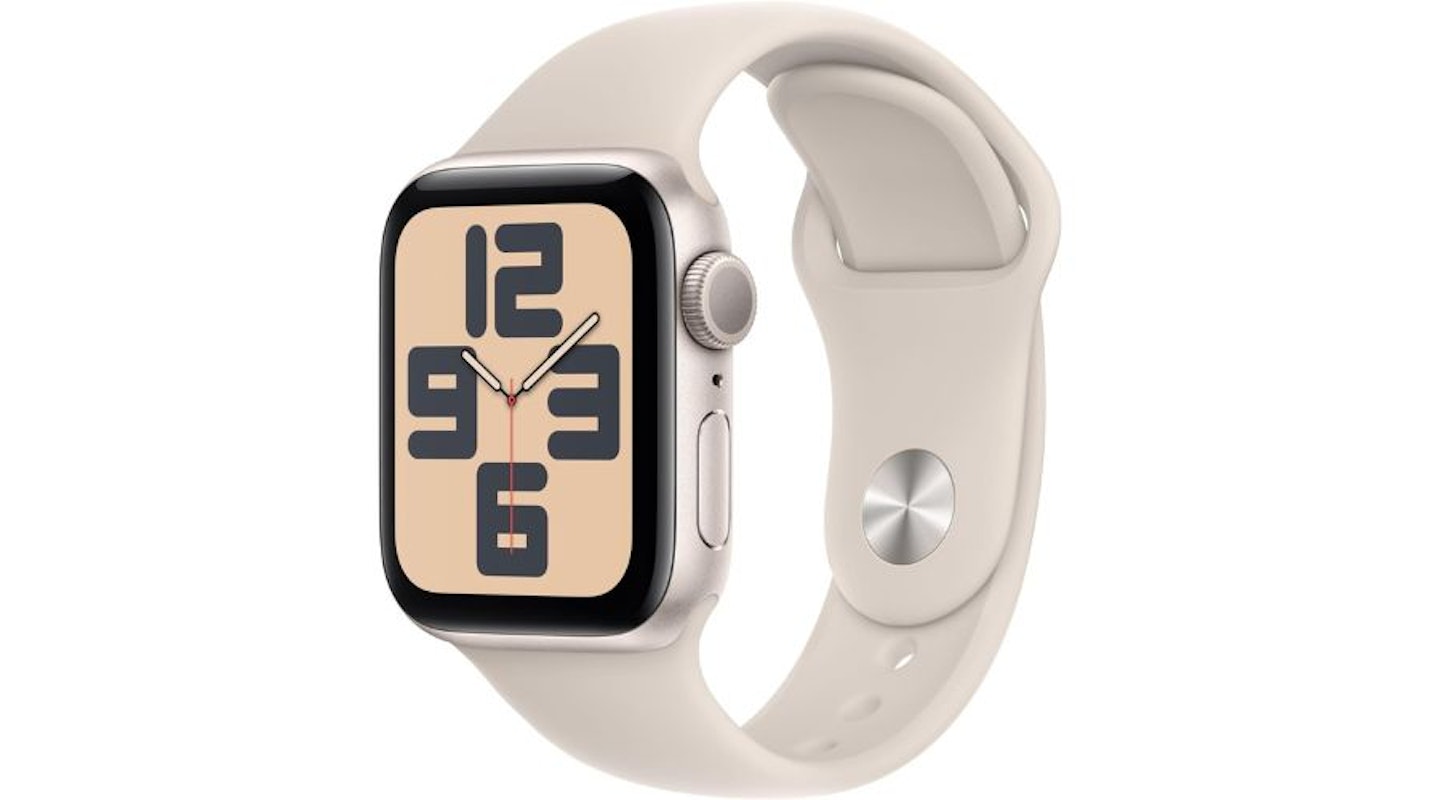 Apple
AppleThe cheapest Apple Watch model, this is a proper smartwatch that also supports impressive health and fitness tracking.
Who tested it?
Steven Shaw, a Senior Tech Writer and Reviewer at What’s The Best, reviewed the Polar Pacer Pro. He is passionate about health and fitness, and loves putting a new watch through its paces with a variety of workouts ranging from yoga and walking, to strength training and high-intensity cardio, before diving into the data in the companion app.
Steven has several years of working with and testing fitness trackers and smartwatches. He’s worked as a freelance writer and staff writer for many outlets over the years, and spends plenty of time with multiple smartwatches attached to his arms.
How the product was tested
Steven wore the Polar Pro 24/7 as his main watch, using it to track steps, sleep, exercise, and general day-to-day activity. On the other wrist Steven wore a Garmin Forerunner 255 to compare the data, as a way of testing for accuracy and consistency. All major metrics were tested extensively through a variety of exercise types, including, walking, running, strength training, and other cardio workouts.
Steven used the Polar Flow app on an Android smartphone, using it regularly to see how well data was synchronised, how it was presented, and how easy it was to understand.
Why should you trust us?
At What’s The Best, our mission is to provide accurate and reliable reviews, ensuring our readers receive honest and transparent information about the best technology products available. Anything less would undermine our commitment to being a trusted source of unbiased product information.
Our dedicated in-house writing team comprises experts with extensive experience and a genuine passion for technology. Collectively, we have spent decades testing and writing about tech, leveraging our expertise in all our articles, advice pieces and reviews.
We maintain complete editorial independence and do not accept payment for product reviews. Our writers have full control over their content, ensuring that products are selected based solely on the needs of our readers. While we may earn commissions or other compensation from links on our website, this never affects our product choices. These links enable us to continue offering valuable consumer advice, without compromising the integrity of our reviews.
How What’s The Best test products
At What's The Best, we ditch the gimmicks and deliver sweat-tested reviews for real fitness enthusiasts. Our team of experienced athletes puts the latest wearables and equipment through their paces in real-world workouts, from running trails to home gyms. We don't just read specs – we use products as they are intended and push our PBs, so you know what truly performs.
The result? Unbiased buying advice that gets you moving. We only review the most significant and relevant fitness tech and equipment on the market, saving you time and frustration. Can't find a review for your specific fitness goal? We're constantly adding new products to our ever-growing library, so stay tuned.
Ready to level up your workout with trusted advice? Visit our dedicated page on fitness tech and equipment reviews.
Steven Shaw is a Senior Tech Writer and Reviewer for What’s the Best. Steven writes how-to guides, explainers, reviews and best-of listicles covering a wide range of topics. He has several years of experience writing about fitness tech, mobile phones, and gaming.
When Steven isn’t writing, he’s probably testing a new smartwatch or fitness tracker, putting it through its paces with a variety of strength training, HIIT, or yoga. He also loves putting on a podcast and going for a long walk.
Subscribe to the What’s The Best Newsletterto keep up to date with more of the latest reviews and recommendations from the What’s The Best team.
